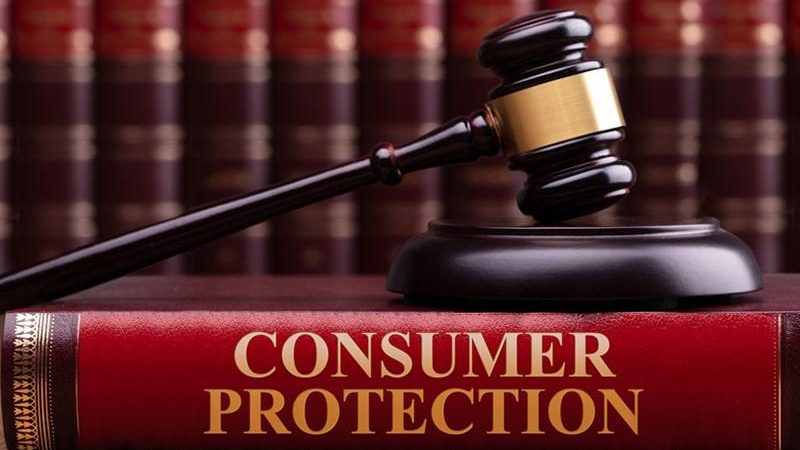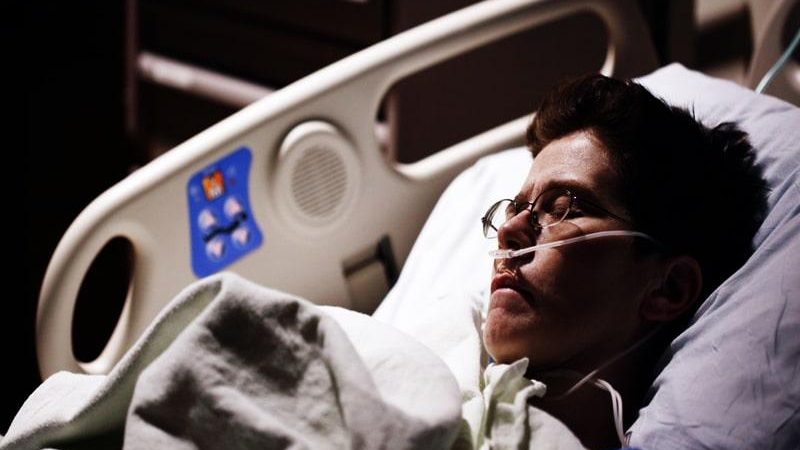Skateboard Safety in Malls
An interesting recent case One’s personal safety can be affected in many ways at malls – accidentally being run into by people not paying attention, slipping on wet floors and tripping on objects brought into the mall by patrons. Here, we examine a case, called Drummond v. Cadillac Fairview Corp., where a man tripped over a skateboard in the food court and sued the mall-owner for occupier’s liability. First instance[1] The plaintiff was having something to eat at the food court with his daughter and fiancé. When he went to get a refill of his drink, he tripped over a…
Read More









